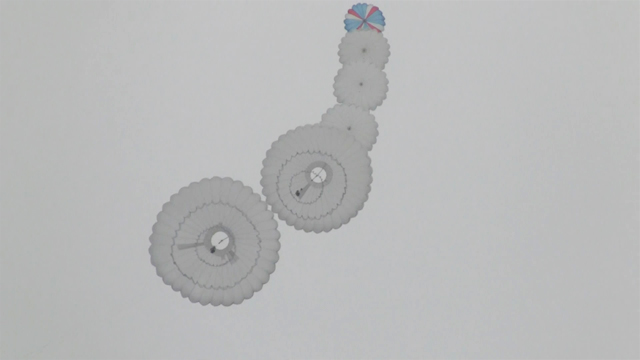In the video you can see they are generating no more than 22kW. They’d need to generate around 600kW to get to 30MWh in 50 hours, and they would have done that in 2015. Verification needed I think. But then all that money must also have gone somewhere.
This looks like a promo video shot in a single day and in little wind, perhaps to get nice drone shots. What happened after this? The bigger news I think is that they’ve now got some funding to do more research.
If this picture from their website is real and they flew it in stronger winds they might have generated some power. And then times four if they flew four of these at the same time. But it would have cost some power to reel it in too if only 2 of the parachutes could be collapsed. One wonders about the size of the lifters or balloons to maintain the tether angle in higher winds.
